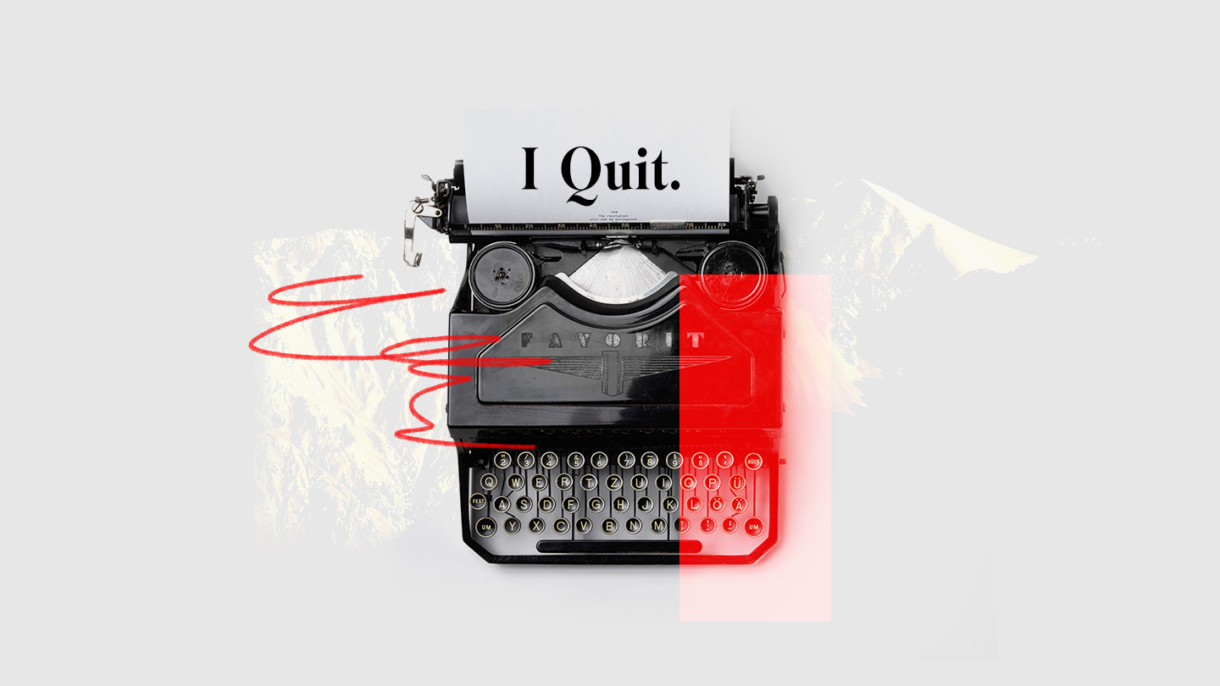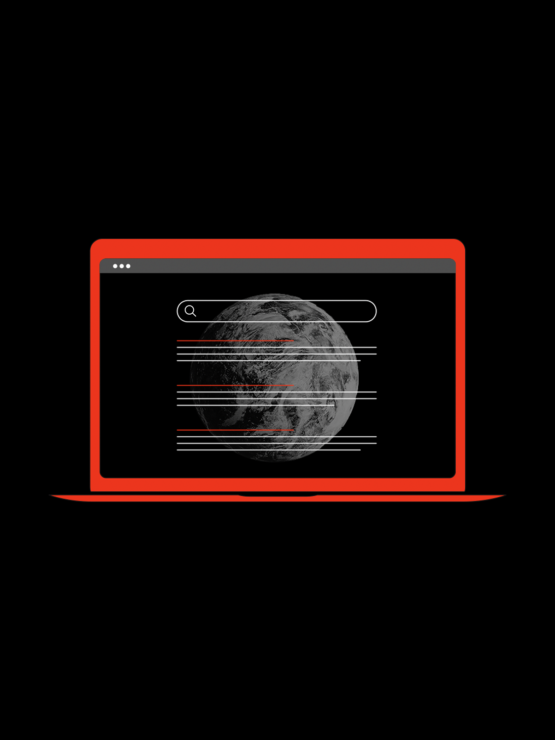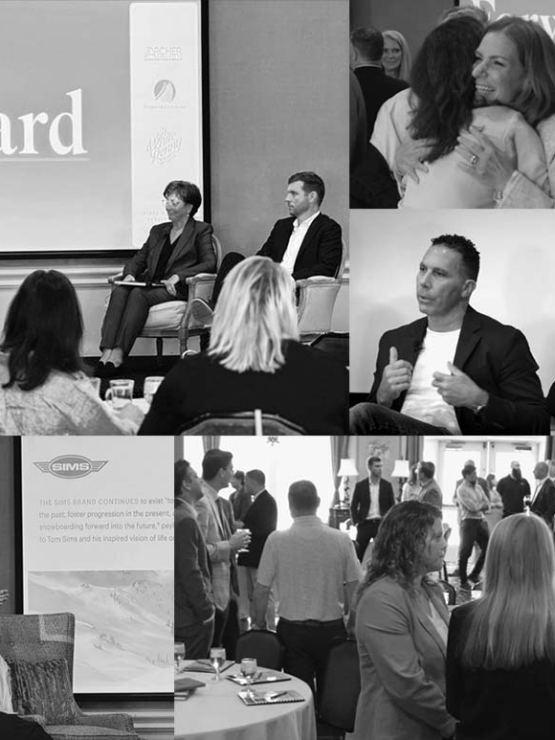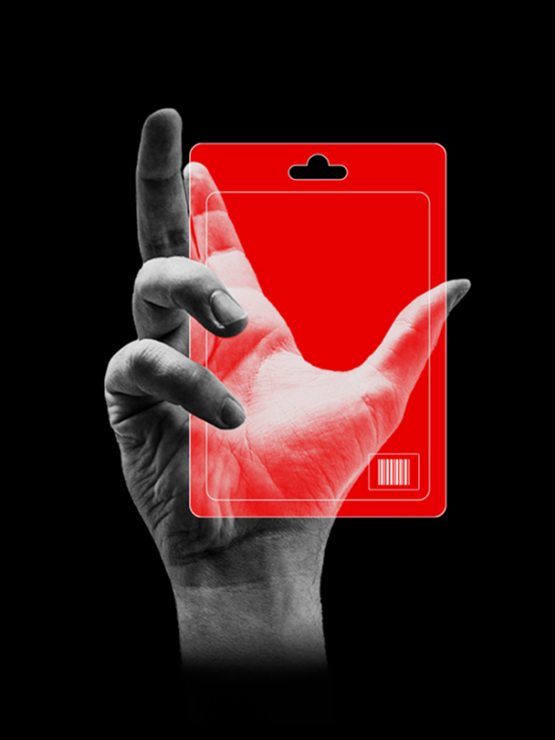This tweet from The New York Times columnist Ben Casselman got an audible “Whoa.
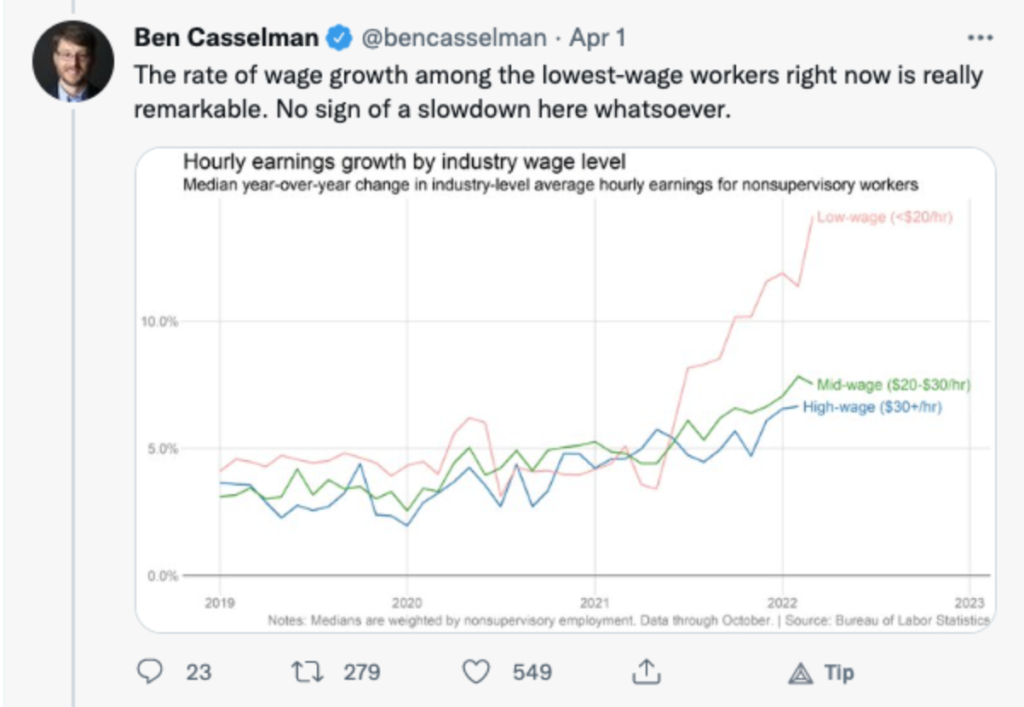
Earnings growth – especially for the lowest-wage workers – is dramatically up. Year-over-year growth for worker’s making less than $20 / hour is up 10%, and growth for all workers is up at least 5%. Couple this fact with headlines like this:
- Gen Z and Millennials Would Rather Be Unemployed Than Unhappy in a Job
- Job satisfaction among millennial and Gen Z workers just hit a new low point
…and you get this:
The Great Resignation. Incredible branding. Incredibly bad if you run a business. To be clear: the evidence of an actual increase in resignations is thin. However, with inflation increasing, buying power stagnating, and historically low unemployment, it makes intuitive sense that the current generation of workers has a large incentive to maximize their income when market forces are in their favor. With that power comes great responsibility, though the responsibility lies not with the workers but with business owners who need to make sure that their workplace is a place where Millennials and Gen-Z want to work. You know what we have here? We have a branding problem! Our project: can branding principles help us navigate the choppy, shifting Great Resignation waters? We believe they can.
Millennials, amirite?
On Twitter, Reddit, and other online communities you’ll hear two falsehoods.
Falsehood #1: Millennials Don’t Want to Work
No. Millennials want to work, but they don’t want to work for you. Why is that?
Falsehood #2: Millennials are fickle, disloyal job-hoppers
They’re not fickle. They’re rational. That’s capitalism, baby! If you could get your business a 20% revenue increase by taking a phone call and a couple of meetings, you’d do it too. In our economic system, to do anything else is irrational. The better question is: why have you made it so easy to leave?
Greed (Was Never) Good
The Great Resignation is less about the people doing the resigning and more about the organizations they’re resigning from. It’s a reckoning against organizations that preach “Team!” but fire at will. It’s a reckoning against organizations that see labor not people. It’s a reckoning against organizations that say “Our duty is to our shareholders” and mean “We’ll do anything to increase shareholder value, repercussions be damned.” This straight-out-of-the-movie-wall-street, “Greed is Good” era is coming to an end, and we can thank Millennials and Gen-Z for that. But as with any cultural shift, businesses need to adapt.
Here’s the hard truth: building a company and culture where people want to work is on you. It’s not Millennials. It’s not Gen-Z. It’s not the economy, inflation, or the media. It’s you. You and only you can make sure that your organization is a place where taking care of your people is a top-level initiative.
The Great Resignation Rebrand
Admittedly, we’ve been a bit cartoonish so far: the majority of businesses aren’t run by Kingpin-level villains out for profit only. Most businesses are run by regular people with all the faults and blind spots that regular people have. Many business owners are slowly coming to realize that what worked for them in the 90s and early 2000s won’t work for much longer, but they’re not sure what to do about it. That’s where your business’s most important branding exercise comes in.
Know Your Audience
You know what doesn’t work in branding? Generalization. Every Millennial and every member of Gen-Z won’t be right for your workplace. But some fraction of those groups is. What do they want? What do they believe? Why are you the right solution for them at this stage of their career? Figure out how to answer those questions first. Then, find meaningful ways to have those answers show up in your company culture. Remember: actions, not words.
Know the Market
Do you know what people in your industry get paid? Do you know why workers tend to prefer your main competitor over you? At the core of any successful organization is a curiosity and a willingness to change. Seeing a competitor who is doing it better isn’t something to feel badly about – it’s a chance to be inspired to do better yourself.
Do the Hard Work and Rebrand
Companies rebrand when they want to give consumers a fresh impression, when their reputation is tarnished, when leadership changes, when they’re outgrown their brand position, or a combination of these and other reasons. More simply: somebody, somewhere realized that the old brand didn’t reflect who they are or want to be now. They saw the market, knew their audience, and decided it was time for a change. When you know the audience and know the market, you put your business squarely where those two things intersect. If your market prefers a majority “Work From Home” culture and you’re a “I like to see my people daily” type of business owner, you, not they, need to change. Maybe your business can’t sustain paying your people at the top of the industry payscale. That’s ok! People have other priorities beyond money, but you need to actually implement those things (4 day workweeks, higher than standard vacation time, etc.) and use those perks in your talent retention and acquisition efforts. It’s a rebrand: who you are now no longer reflects what the market wants, and it’s your job to fix it.
Slow and Steady
This can all sound pretty daunting. And that’s OK. Change is uncomfortable and can feel overwhelming. It doesn’t have to, though. Any business that is having this conversation has already taken the important step: they’ve acknowledged that changes need to take place.The other thing that seasoned businesses also know is that nothing happens overnight. That, too, is OK. The great news in all of this is that the conversation, the effort, and the actions all go a long way. Engage your team, current and future, in this dialogue and build the organization where they want to work.
We’re hiring!
All this talk of people and branding reminds us that we’re hiring! We need an entry-level designer to help our design team continue to deliver the best bang-for-your-buck branding the world has to offer. If you or someone you know is looking for an entry-level designer job, send them our way.
